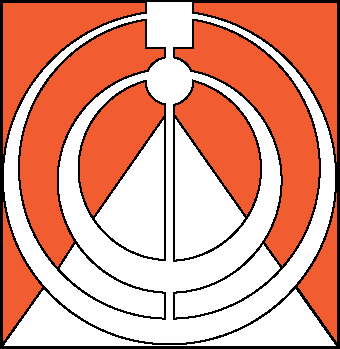Choosing Mi-STAR
Tuesday, October 30, 2018
By Jaime Ratliff, middle school science teacher and co-department chair, Lapeer Community Schools
When our district started transitioning to the Next Generation Science Standards, we knew right away how important it was to move forward with purpose. Our district supported all staff through NGSS training, but it gave us pause: how do we actually do it? How do we marry the principles to the content? So we started looking at different curricula, including Mi-STAR. The Unit Progression Model in particular caught our eye. We took some time to look through the structure of how units worked together over a three-year span. We liked what we saw, so we dug deeper.
We discovered many features of Mi-STAR that seemed to fit our needs and answer some questions we hadn't yet thought to ask ourselves. The Unit Challenge defines the purpose for the new learning. It gives students the opportunity to focus on an overarching and relevant problem and also artfully provides a purpose for individual lesson investigations. The fact that Mi-STAR revolves around a Unit Challenge that is both student centered and problem based would help us dig deep enough to cover NGSS with integrity. Having assessment options was also a priority. The well-written Pre/Post and Embedded Assessments would help us formatively monitor student learning and progress while providing valuable feedback to assure we were meeting student needs. Also, it was essential to our district leadership and Board of Education to choose a curriculum that was based on relevant research and reflected best practice strategies. Cost was another factor. Other curricula we looked at were also high quality but were cost prohibitive. We were not disappointed with what Mi-STAR had to offer and were happy at how affordable it was. Mi-STAR fit our needs.
Last year, our district made the decision to pilot Mi-STAR units in sixth, seventh and eighth grades. We were immediately presented with an amazing support platform. All of the training is comprehensive and supports teachers where they are in their journey of NGSS transition. The teacher library and unit/lesson support materials are incredible. There you can find additional examples, student work samples, guiding questions, links to additional background material, and so much more. The support from individuals within the organization was also incredible. If we had questions or needed guidance, an email or phone call was all it took. They went above and beyond to make sure it truly felt like a supportive community.
Once the units began, we saw an increase in student engagement because students were actively participating in finding solutions to the Michigan-centric Unit Challenges. The Unit Challenge problems had relevance to their lives, and students had a lot to say about how to solve them. Science talk increased, and argumentation was a natural progression. Students began using evidence to agree or disagree. They would regularly go back to their notebooks to respectfully argue their claims. The evidence they collected along the way became useful to them and they used it often. It also added a layer of accountability. Students were individually and cooperatively responsible for contributing to the solution, and the climate of our classrooms started to shift.
That's not to say that it was easy, especially in the beginning. There's so much to learn, and the same training and support we love now was intimidating at first. There is a lot of worthy and important information there to internalize. But then we read Chris Geerer's blog and realized we were not alone in those feelings, and by pushing through we were doing it right. By the time we started our second units, my colleagues and I were closer to hitting our stride and so were our students. The format became more familiar and the outcomes a little more expected. It was truly remarkable watching students grapple with big ideas and use evidence they uncovered to formulate their arguments. Good stuff!
So yes, we are implementing all available Mi-STAR units this fall, because Mi-STAR supported us during our transition and met all of our curriculum requirements. But that's not the only reason, or even the main reason. We came to realize that our students are learning skills that will serve them anywhere, like working in teams and evidence-based reasoning. There is a quote by A. J. Juliani, that rings true here: “Our job is not to prepare students for something. Our job is to help students prepare themselves for anything.†Mi-STAR is changing the way our classrooms are being run, and we are already seeing the benefit of students taking charge of their own learning. Shifting our own thinking away from teacher to facilitator of our classrooms is part of the huge culture shift happening in science education right now. It can be scary and uncertain. I encourage those who find themselves at that crossroad, look for the support. It's there. We are happy with our decision to use Mi-STAR and appreciate all of the support they have available for us on our journey.
Science classrooms are changing in amazing ways right now. What a great time to be a science teacher!
GET Mi-STAR NEWS BY E-MAIL!
Copyright © 2025 Mi-STAR
Mi-STAR was founded in 2015 through generous support provided by the Herbert H. and Grace A. Dow Foundation. Mi-STAR has also received substantial support from the National Science Foundation, the MiSTEM Advisory Council through the Michigan Department of Education, and Michigan Technological University.


















